Project 562
I recently learned about Project 562, and the primary source photos are powerful and stunning. Project 562 was created by Matika Wilbur, and it is "a multi-year national photography project dedicated to photographing over 562 federally recognized Tribes, urban Native communities, Tribes fighting for federal recognition and Indigenous role models in what is currently-known-as the United States, resulting in an unprecedented repository of imagery and oral histories that accurately portrays contemporary Native Americans. This creative, consciousness-shifting work will be widely distributed through national curricula, artistic publications, exhibitions, and online portals."
https://www.project562.com/about
I think there are many ways to incorporate these resources into curriculum, and the website provides a curriculum guide to download.
I recently learned about Project 562, and the primary source photos are powerful and stunning. Project 562 was created by Matika Wilbur, and it is "a multi-year national photography project dedicated to photographing over 562 federally recognized Tribes, urban Native communities, Tribes fighting for federal recognition and Indigenous role models in what is currently-known-as the United States, resulting in an unprecedented repository of imagery and oral histories that accurately portrays contemporary Native Americans. This creative, consciousness-shifting work will be widely distributed through national curricula, artistic publications, exhibitions, and online portals."
https://www.project562.com/about
I think there are many ways to incorporate these resources into curriculum, and the website provides a curriculum guide to download.
 Cathy Ruffing
, these inquiry packs are so well done. I just took a look at the one on multiculturalism, and the lesson organization, choices of primary sources, and depth of critical thinking required are truly exemplary...and much needed.
Cathy Ruffing
, these inquiry packs are so well done. I just took a look at the one on multiculturalism, and the lesson organization, choices of primary sources, and depth of critical thinking required are truly exemplary...and much needed.
Street Law's Native American Legal History Legal Timeline Recently Launched
This new Native American Legal History timeline from Street Law is accompanied by inquiry packs that take deep dives into tribal sovereignty; religious freedom; multiculturalism; resistance, resilience, and reconciliation; and boarding schools. Teacher resources have also been added to the website to guide educators in using all the interactive timelines available at Legaltimelines.Org, including those on federalism, presidential powers, rights of the accused, students' rights, and suffrage. This timeline was piloted and strengthened by our Teacher Amicus Group which included teachers of significant Native American student populations.
This new Native American Legal History timeline from Street Law is accompanied by inquiry packs that take deep dives into tribal sovereignty; religious freedom; multiculturalism; resistance, resilience, and reconciliation; and boarding schools. Teacher resources have also been added to the website to guide educators in using all the interactive timelines available at Legaltimelines.Org, including those on federalism, presidential powers, rights of the accused, students' rights, and suffrage. This timeline was piloted and strengthened by our Teacher Amicus Group which included teachers of significant Native American student populations.
This looks super useful. I hope to try it with a group of students and report back.
Native Land Digital
This interactive resource from an Indigenous-led nonprofit based in Canada features a searchable map of Native territories, languages and treaties.
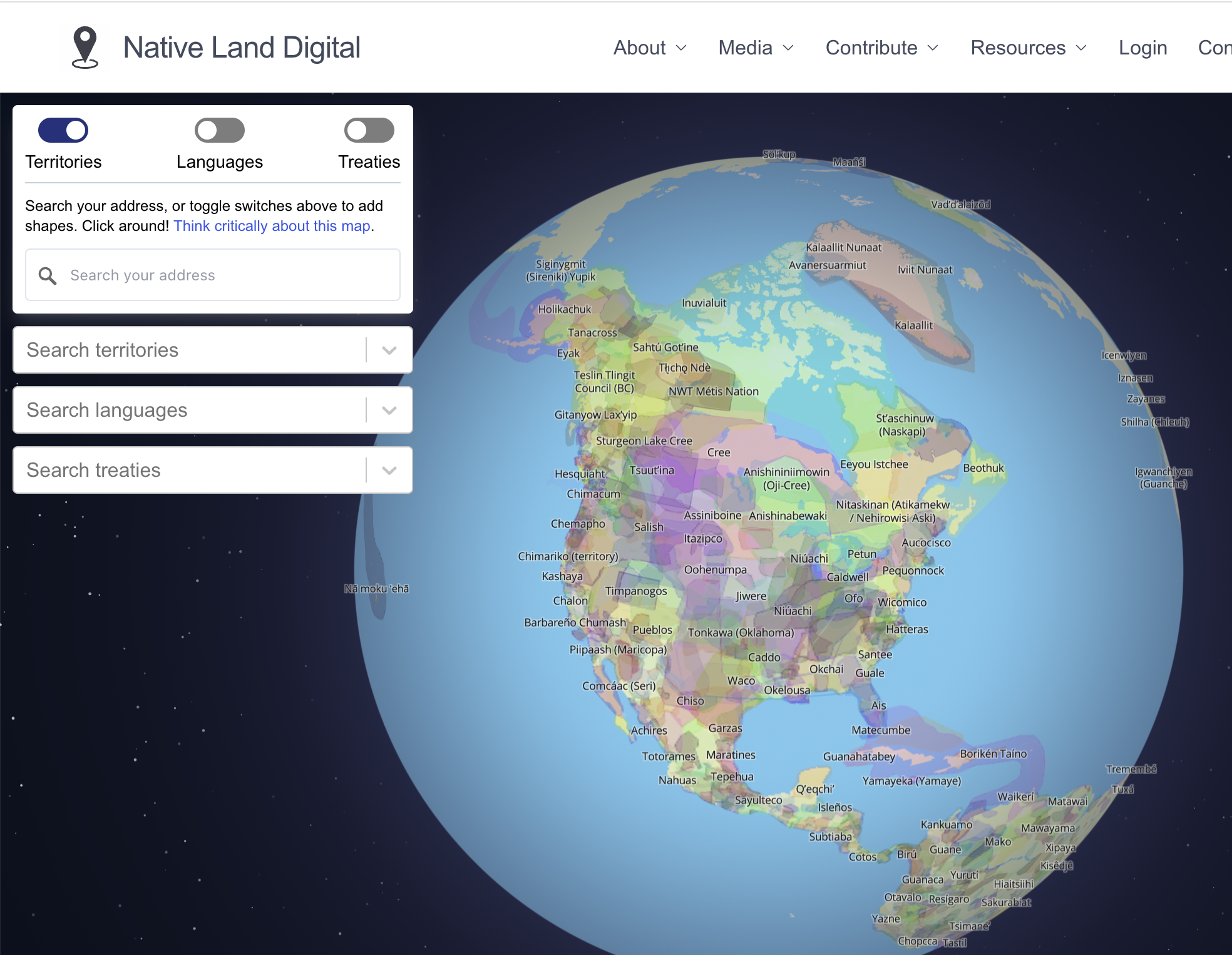
How might you use this resource?
This interactive resource from an Indigenous-led nonprofit based in Canada features a searchable map of Native territories, languages and treaties.

How might you use this resource?
This open-source curricular resource was developed by Dan Eshet of Salem State University in partnership with The Organization of American Historians/National Park Service. It includes some sources from the Library, but could also be supplemented with additional LOC.gov resources.
There are six chapters in the curricular resource (see below) along with suggested classroom strategies, a brief timeline, and a glossary.
- Identity: Stereotypes and Choices
- God, Greed, and Violence: Colonialism
- War, Treaties, and Betrayal
- The Legacy of the War of 1812
- Indian Boarding Schools in the Age of Assimilation
- Resilience and Resurgence
I've added this resource to this curated set - Primary Source Learning: Native American Perspectives.
Testimonials
- I love that there is new info on the site daily!
- I had a wonderful time working with the Library of Congress and learning about all of the resources at my fingertips!
- The TPS Teachers Network has an equal exchange of ideas. You know it's not a place where you're being judged.
- My colleagues post incredibly fine resources and ideas....the caliber of the suggestions and resources make me feel that I take a lot from it. It's a takeaway. And I hope that I can give back as much as I get.
- Going into this school year, I have a fantastic new resource for my own instruction and to share with my colleagues!
- I am very glad that I discovered the TPS Teachers Network through RQI. Great resources can be hard to find out there on the internet!

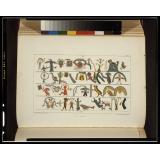











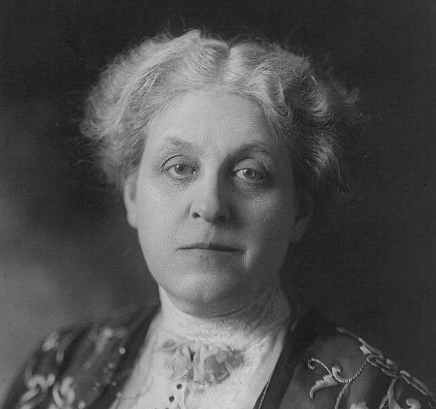
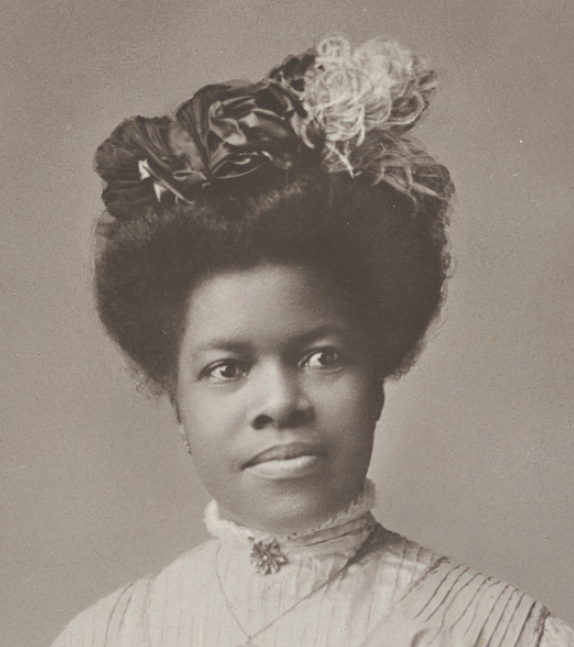
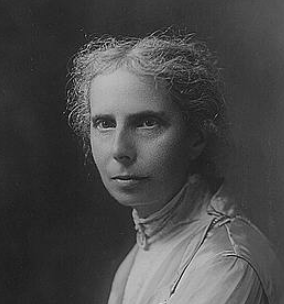
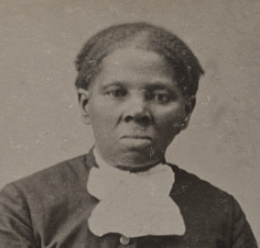


Spent a little time reading the main page - image and narrative... this one resonated.
Tons to unpack there - thank you for sharing.